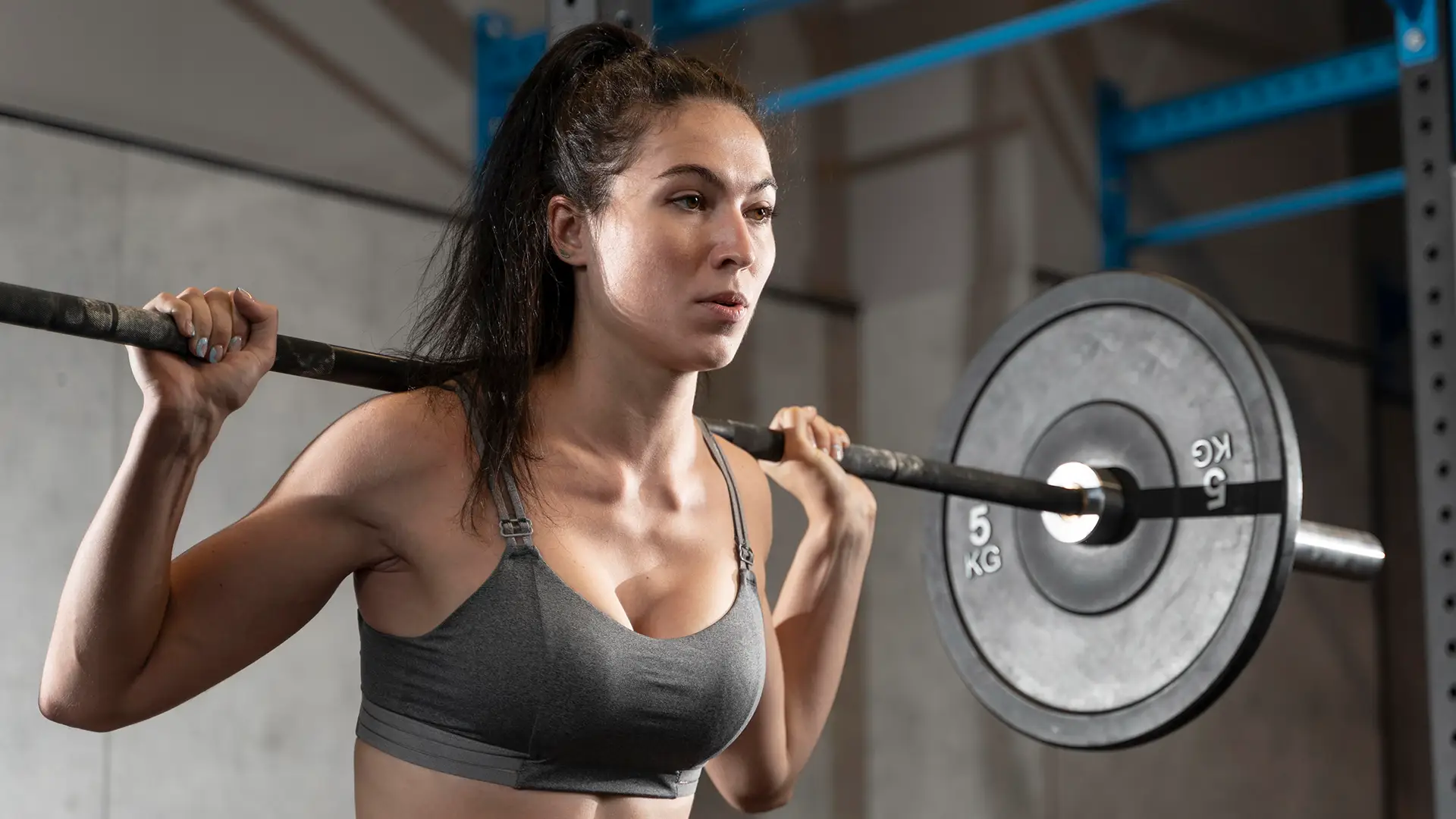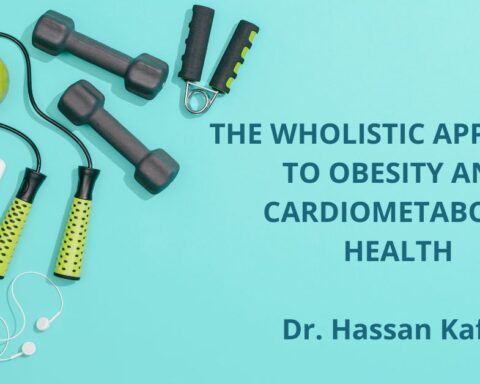For decades, the world of fitness has been plagued by persistent myths and misconceptions, especially when it comes to women and strength training. Among the most prevalent of these myths is the belief that weightlifting is only for young men or that it can be detrimental to a woman’s health, particularly as she enters her 30’s and 40s. However, as our understanding of fitness and physiology evolves, it’s becoming increasingly clear that these beliefs are not only outdated but also potentially harmful.
In this article, we’ll debunk the myth of weightlifting for women in their 30’s and 40’s, exploring the numerous benefits of strength training and why it’s never too late for women to start lifting weights and reap the rewards of a stronger, healthier body.
What is Weightlifting?
Weightlifting is a kind of exercise that externally challenges your skeletal muscles with the goal of improving your ability to take excess force in addition to what gravity provides.
It is called by several other names including weight training, hitting the weight, resistance training, etc. It can be done using several instruments such as kettlebells, dumbbells, barbells, bands, chains, as well as different objects in the house.
Different people lift weights for different purposes including fat loss, physical health, mental health, strength, stamina, performance improvement, fun, etc.
Myths and Truths of Weightlifting
Myth 1: Weightlifting Is Only For Men
This is not true. Body lifting is for women as much as it is for men; it is for everybody. The same muscle a man requires to lift an item from the floor or open the door is what a woman requires to do the same.
Myth 2: Lifting Weights Makes Women Bulky
Studies have shown that men produce 14 to 20 times as much testosterone as women. In essence, women do not have the amounts of testosterone needed to get bulky muscles. Unless a person is on steroids or other performance-enhancing hormones, weightlifting only makes her leaner, stronger and fit.
Myth 3: The Older You Get, The More Dangerous Lifting Becomes
Weight training in older women is considered safe. Additionally, it has proven to support bone density, muscle mass and strength. As a result, body lifting, when properly done, is encouraged in older women because as they advance in age, there is an increased risk of osteoporosis and osteopenia. Overall, you gain much more from weight training than losing.
Myth 4: Weightlifting Is Bad For The Joints
That’s not true. Wolff’s law says that if your job requires that you perform a certain function (e.g. lifting heavy objects), your bones will adapt and strengthen over time to better perform this task. On the other hand, if you don’t place any demands on a bone, it will weaken over time. Your responsibility is to increase the loads slowly—not more than 5-pounds per time.
Myth 5: You Will Burn Muscle If You Lift On An Empty Stomach
Your body has all sorts of energy sources ranging from carbs, fat, and protein. During a fast, your body converts these energy sources into ATP for your cells to use. There is only a tendency to convert muscle into amino acids and then to glucose if you have been fasting for a long time—longer than 24 hours—in which case all the other energy sources and the stored glycogen are depleted.
Myth 6: Muscle Turns To Fat If You Stop Lifting
This cannot possibly be true. Here’s the reason: Muscle and fat are two different kinds of body tissues. Muscle does not turn into fat, neither does fat turn into muscle. So what happens to muscle if you stop training? It will eventually shrink and waste away, but turn to fat? No way!
Myth 7: You Need A Gym
No, you don’t need to go to a gym to weightlift. The most-important equipment you need is your body. All you need to do is find a way to use your body to create resistance against gravity. You can also look around your home for instruments you can work with. A piece of furniture can prove to be a useful tool too. Having said that, going to the gym has an advantage—it connects you with people of like minds that will give you the needed support on days you don’t feel like exercising.
Myth 8: Longer Workouts Are More Meaningful
That’s not always true. Harder workouts are not synonymous with smarter workouts. You can spend hours on the treadmill or lifting weights and end up injuring or straining your muscle. What do you do? Consider breaking up your weight lifting time into cardio, mobility and resistance exercises. This enables the impact of the workout to be distributed on all muscle groups equally.
And Finally…
Here are a few things you should note: before you begin any exercises, it is important to speak with your doctor to ascertain what type of exercises are good for you. Then start with light weights to avoid injuries or an overtrained body and build up from there. Remember that weightlifting when done the proper way does more good to your body than bad.





















